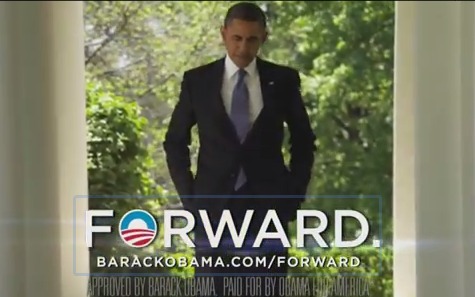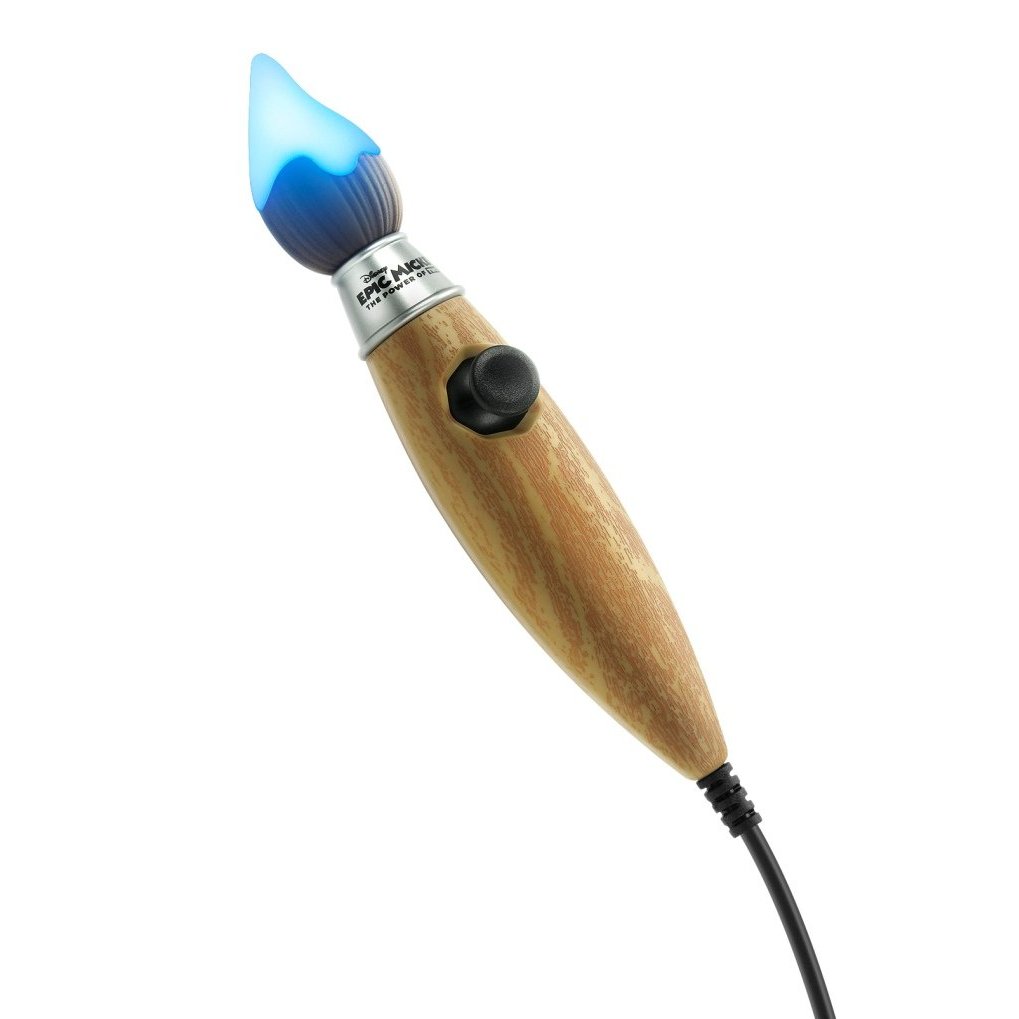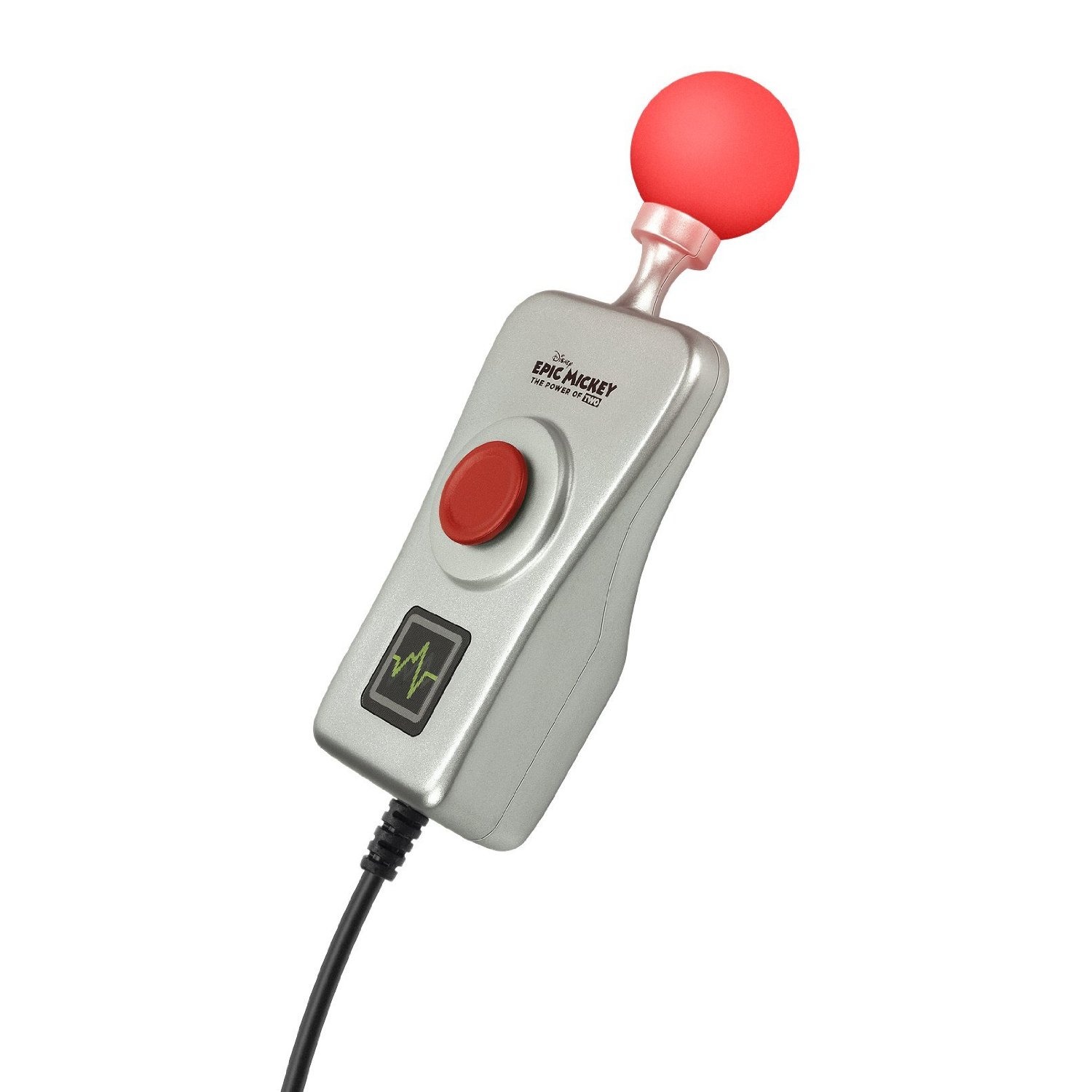Wonderbook: Book of Spells is among the most interesting game projects to come out this holiday, combining games, reading and AR. Check out the developer diary below to find out how the magical creatures in Wonderbook: Book of Spells were designed.
-
VPC: $8.35 ▲Value Per Click
-
VPCO: $0.00 ▼Value Per Comment
-
VPL: $0.00 ▲Value Per Like
-
VPM: $0.00 ▲Value Per 1k Impressions
-
VPS: $0.00 ▼Value Per Share
-
VPV: $0.00 ▲Value Per View
-
VPCO: $7.71 ▲Value Per Comment
-
VPL: $0.00 ▲Value Per Like
-
VPM: $0.00 ▼Value Per 1k Impressions
-
VPV: $0.00 ▲Value Per View
-
VPC: $2.86 ▲Value Per Click
-
VPCO: $0.00 ▲Value Per Comment
-
VPFAV: $0.00 ▲Value Per Favorite
-
VPL: $0.00 ▲Value Per Like
-
VPM: $0.00 ▲Value Per 1k Impressions
-
VPR: $0.00 ▲Value Per Reply
-
VPS: $4.08 ▲Value Per Share
-
VPV: $0.00 ▼Value Per View
-
VPC: $20.78 ▲Value Per Click
-
VPCO: $0.00 ▲Value Per Comment
-
VPL: $0.00 ▼Value Per Like
-
VPM: $0.00 ▲Value Per 1k Impressions
-
VPS: $0.00 ▲Value Per Share
-
VPV: $0.00 ▼Value Per View
Dishonored – Killer Moves
‘Killer Moves’ is a compilation trailer of the best fan submitted Dishonored clips showing off power combos, kill moves and stealthy action. Between Corvo’s gadgets and his magical abilities, the possibilities for creative kills is almost boundless.
Eurogamer Reveals USgamer
Eurogamer has announced that it is looking to launch a website dedicated to the American audience called USgamer early next year. The company first revealed the site publicly using Twitter.
“If you’re in the US, check out @usgamernet and facebook.com/usgamer.” tweeted Eurogamer. “They have a Wii U and are taking any questions you have about it.”

“We’re looking forward to launching a U.S.-focused site next year and are currently in the process of putting together an editorial and sales team,” said managing director Rupert Loman. “If anyone would like to be considered for a role please get in contact.”
Source: GamesIndustry International
Obama Campaign’s Unorthodox TV Ad Buying Strategy
President Obama’s campaign strategists made a strategic decision with the $300 million television advertising budget: They didn’t worry about which particular shows aired their ads on. While campaigns tend to buy airtime based on television ratings for different demographic groups the Obama campaign chose to focus on time of day and channel rather than particular shows.
Stats from phone banking and canvasing was taken into account “The optimizer doesn’t take into account the program at all,” said Carol Davidsen, who designed the system as the campaign’s director of media analytics. “But there’s a sanity check at the end to make sure that you’re not advertising on Girls Gone Wild.”
TV ads are priced based on audience, with prime-time network shows being the most expensive because of their large audiences. The disadvantage is that those audiences had likely made up their minds, so they focused instead on targeted campaigns for less waste.
Using data on cable subscribers collected by Rentrak shows what shows were being watched. Combining a third-party company to match viewing data to its own internal list of voters and poll responses produced the optimization plan.

Davidsen indicates that they mainly targeted undecided voters and Obama supporters who were sporadic voters. On cable, they went for the Family Channel, the Food Network and the Hallmark Channel while on broadcast television, the went for daytime programs and late-night entertainment shows.
Towards the end of the campaign, the Obama campaign was on 60 channels compared with 18 for the Romney operation during the same period, according to cable advertising data. According to Tim Kay, political sales director for NCC Media, the Obama campaign ran a more sophisticated targeting operation.
“With Romney, they went after pure tonnage,” Kay said. “With Obama, you see them capturing those niche audiences. They bought a lot of networks that we would consider second or third tier.”
Obama’s campaign also targeted cable operators serving small towns, while Romney tended to focus on media markets spanning several counties. “I would agree they have done something new and interesting,” said Will Feltus, a Republican media buyer who worked for George W. Bush’s reelection campaign in 2004. “They didn’t invent the wheel, but they put some better ball bearings on it, that’s for sure.”
This targeting didn’t come cheap, spending $359,000 for Rentrak data and $70,500 to the Buckeye CableSystem, which serves part of Ohio. Using set-top boxes also allowed for much more data and also higher accuracy and Obama officials estimate they were able to get about 10 percent to 20 percent more efficient use of their money using the optimizer by piecing together small audiences.
“In the past we might have said, ‘Gee, there’s not enough people watching there — it’s not worth the money,'” said Jim Margolis, one of Obama’s top media consultants. “There’s a certain group that we want to speak to and you can reach them lots of different ways.”
Source: WashingtonPost.com
Epic Mickey 2 Collector’s Edition, Guide And Controllers
Disney has announced a Collector’s Edition for Epic Mickey 2:The Power of Two. This package will include an 8GB Oswald USB filled with Disney Content, an Exclusive Disney Mickey or Oswald Figurine, an exclusive film cell taken from the 1928 short “The Fox Chase” and exclusive Retro TV packaging.

There will also be a collector’s edition strategy guide with unique cover art available. Rounding out the Epic Mickey 2 offerings are the Epic Mickey 2 Oswald’s Clicker and the Epic Mickey 2 Mickey’s Paintbrush, both designed for the Wii.



DmC Adds Vergil’s Downfall
Capcom has confirmed that there will be an extra DLC chapter to DmC. Called Vergil’s Downfall, it will detail how Dante’s brother got to be where he is at the beginning of the game.
The DLC will be available for $8.99; no release date has been finalized. Those that pre-order the game from GameStop will receive Vergil’s Downfall for free.

Wolverine Movie Could Be Fox’s Iron Man
After the huge success of The Avengers, comic movies have gotten second wind, and Fox has begun building out plans for the Marvel franchises it has the rights to. Because of that, The Wolverine could end up being a set up for a whole new series of movies that share continuity with each other.
“I felt like Iron Man was really the beginning of something for the Marvel Studios movies, and The Wolverine will be a similar starting point to build a lot off of for the Fox movies,” said Fox creative consultant Mark Millar. “I flew out to L.A. and talked to Fox, having a days worth of meetings to hammer out ideas. There’s an amazing amount of potential in the X-Men universe. It’s almost a Marvel Universe in itself in that you can build up to so many great stories and so many great characters. I hesitate to name names, but let’s say that all the ones you like and everyone you’d expect, we’ll have them. It’s insane to have the crown jewel and not expect to wear them.”

“You have to remember that Fox grabbed the X-Men back in the ’90s because it was the biggest franchise in the world. So X-Force or Cable or Deadpool — all these amazing characters are things we haven’t really gotten to yet. ‘X-Force’ #1 was the second biggest book of all time behind Jim Lee’s ‘X-Men’ #1, so there’s an immediate brand recognition to that stuff and a build in fanbase. You go to any convention in the world, and you’ll see 20 people dressed as Deadpool. In a lot of ways, these are Marvel’s coolest characters, so I want to remind people of that and build on what we already have. I think there’s a great foundation, and just from basic conversations, we’ve come up with ten movies we could do. These things cost $150 million each to make, so we have to pick and choose what we want to do.”
Source: ComicBookResources.com
Justice League Pixar Art
Artist Daniel Araya has done some impressive concept artwork for what DC heroes might look like if Pixar got their hands on them. Superman in particular feels very spot on.




While a Pixar DC comics movie is not likely to ever happen, there’s a remote chance that they might do something with Marvel heroes down the road, given that both companies are owned by Disney. Of course, they might just do a sequel to The Incredibles, which we’d certainly cheer.


Source: DeviantArt.com
Facebook Again Tweaks User News Feed
Facebook followed up the crowd-pleasing addition of a “Share” button on its mobile site with yet another change, and this one is getting mixed reactions.
The social network announced they will soon be rolling out a “Pages Only” mode for users over the next few weeks. Like most Facebook updates to algorithm or additions, the company often claims changes are safety nets for users who would otherwise be bombarded with spam.
That’s what Facebook product manager Will Cathcart wrote in an email to Read Write Web, “Facebook constantly tinkers with EdgeRank to make it more effective. The algorithm change in September was a bigger change than usual, but its goal was simply to cut down on spam in people’s news feed.”
It could be why Cathcart immediately shut down an interesting find earlier this week when a programmer uncovered a Facebook URL that appeared to show news feed completely unfiltered and algorithm free.

A “Pages Only” mode in theory could mean that users would be able to view friends in one feed and pages they’ve liked in a separate feed. The option is set to roll out next week and will appear in a “Pages Feed” option in the left hand corner of the Facebook homepage. While the revamp seems to benefit brands, it could mean the need to spend on ad dollars to get more exposure and reach target audiences.
That potential pitfall for brands has turned one power Facebook user, Dallas Mavericks owner and tech entrepreneur Mark Cuban, into a vocal opponent of the changes.
“In the current system there is complete uncertainty on the cost. And even worse, at least for our size brands, you have to deal with the pricing for each posting, which is a time waster,” said Cuban. “I’m not trying to come off as some Facebook expert. I’m not. I have a bunch of little companies via SharkTank and other investments that use Facebook in the normal course of business. They shouldn’t have go to great lengths to figure out the nuances of Facebook audience reach. That complexity, IMHO, will come back to haunt Facebook.”
Call Of Duty: Black Ops II And The ESports Evolution
For Activision, eSports was an important component of Call of Duty: Black Ops II, so much so that one of the development teams for the game focused solely on multiplayer and eSports. Treyarch Game Design Director David Vonderhaar says that they recognized from the beginning how important eSports was, going so far as to hire Call of Duty pro gamer Mike “Hastr0” Rufail to design the multiplayer eSports elements.
“ESports is a super important initiative for Call of Duty: Black Ops II. It starts with us with what we call sport, or League Play,” said Vonderhaar. “That’s actually playing it competitively. You’re actually being ranked for wins, and wins alone, against other people, or groups of people, or individually, depending on the league that you’re playing. That’s Call of Duty as a sport, but that’s really just the start. From there, we have a feature that we call CODcasting. CODcasting is a fantastic way to make the game fun to watch for others. For example, I’m not a professional football player, but I really enjoy watching football. If it wasn’t for that television production, it wouldn’t be as much fun to watch. Imagine if you had to watch the game from the perspective of just the punter — not the best way to watch the game. With the CODcast feature, people can actually figure out which guy you’re watching. They know contextually whether he’s taking an objective, how many kills in a row he’s had without dying. You can flip to that players view and follow him. You can even listen in to an entire team and see how they’re working together.”
“Once you have the production and you have the sport, you have to have a way to get it to everybody. For us that’s what we call the live streaming feature,” he continued. “Live streaming allows you to simply broadcast your game to the Internet through the YouTube channel. Basically, anybody can come and watch and actually play that game. It’s pretty fantastic stuff.”
Rufail worked personally with Vonderhaar on the Black Ops II experience. “Mike ‘Hastr0’ Rufail is our eSports consultant. I actually met him through the first Black Ops game,” said Vonderhaar. “Hastr0 and I worked pretty closely together to be sure that we understood from his point of view as a former pro player, as a coach of a pro team, and even as a caster, that we had all of the three things you need to have a successful Call of Duty competitive team. We looked at how they interpret or view the competitive game. Mike and I had a dialog whenever necessary about how we’re approaching the problems that develop out of making a competitive game, and making sure that we have the appropriate perspective from all of these important aspects that you need to have in any feature to be successful.”
“When Black Ops was on the gaming circuit and we had a chance to go down and actually watch the game be played at that highest competitive level with professional players, one of the things that we learned that was super important was just how much trouble that the people who put on the event go through to actually make the games spectator-friendly,” detailed Vonderhaar. “That became the genesis of what everybody’s going to find out real soon as the CODcast feature. Without making the game fun to watch, it’s not extremely accessible, and the game has to be accessible and aspirational so everybody can follow along with the best players . . . what they’re doing to be successful and then find what works for them having that learning from watching pro players. Spectating is just as important as the sport itself. When you have a game with so many people that take it so seriously, it’s really nice to be able to put them in an arena where they can have a battle of wills and have true gun skills, and subsequent wins and losses be the determining factor. This is not your KD ratio. This is not your not your score prevented. This is not how many hours you played compared with another person. This is my unit, my team, against another unit and team, and we can win or lose. That’s how you get ranked and that boils the game down to the basics.”
Source: Forbes.com
